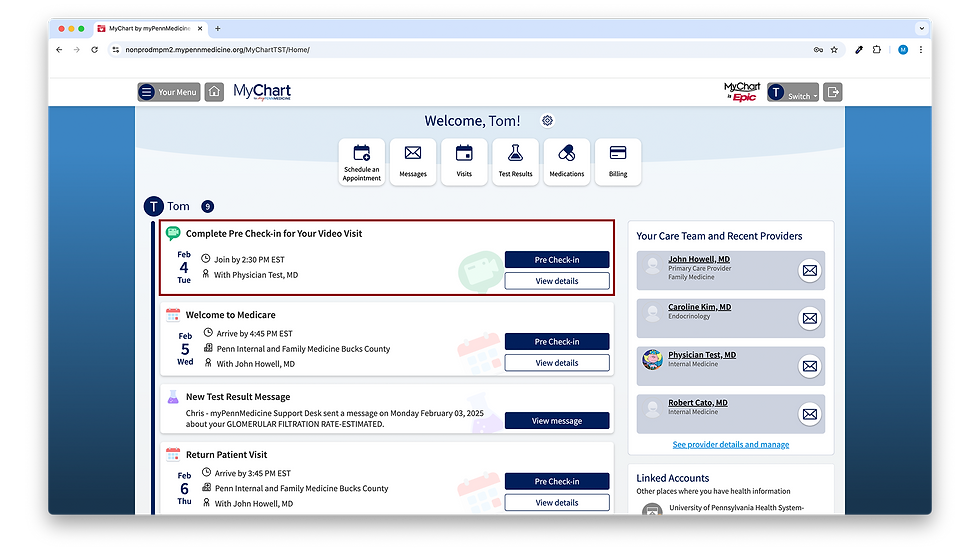GAMIFY | What is Inherently Wrong with Gamification in Health?
- Kat Usop

- Nov 30, 2023
- 2 min read
While gamification in healthcare offers numerous benefits and has shown promise in enhancing patient engagement and health outcomes, there are certain challenges and potential drawbacks associated with its implementation:
NUANCE 1: Overemphasis on Game Elements
In some cases, there might be an overreliance on superficial game elements (such as points, badges, or rewards) without considering the underlying motivational factors. This can lead to short-term engagement but might not sustain long-term behavior change.
NUANCE 2: Lack of Personalization
One-size-fits-all gamified approaches may not cater to the diverse needs and preferences of individual patients. Failure to personalize gamification strategies might limit their effectiveness and relevance to specific user demographics.
NUANCE 3: Ethical Considerations
There are ethical concerns regarding data privacy, especially when health-related information is gamified and shared within digital platforms. Maintaining patient confidentiality and ensuring secure data handling becomes crucial.

NUANCE 4: Potential for Manipulation
Gamification techniques, if not implemented ethically, can potentially manipulate or coerce patients into certain behaviors. Incentives might drive behaviors that are not truly beneficial for long-term health.
NUANCE 5: Sustainability of Engagement
Sustaining patient engagement over time can be challenging. Initial enthusiasm for gamified interventions might dwindle if the novelty wears off, leading to decreased participation and adherence.
NUANCE 6: Risk of Dependency
Excessive reliance on gamified systems could lead to a dependency on rewards or external motivators, potentially hindering intrinsic motivation and self-directed health management.
NUANCE 7: Effectiveness Evaluation
Measuring the actual impact and effectiveness of gamification in improving health outcomes can be complex. Metrics solely based on user engagement might not accurately reflect improvements in health behavior or outcomes.
NUANCE 8: Accessibility and Equity
Gamification strategies might inadvertently exclude individuals with limited access to technology, those unfamiliar with gaming interfaces, or populations with disabilities, creating disparities in healthcare access.
NUANCE 9: Integration Challenges
Integrating gamified systems into existing healthcare infrastructures or workflows can pose technological challenges and may require significant investments in time and resources.
NUANCE 10: Resistance to Change
Healthcare professionals and patients may exhibit resistance to adopting gamified interventions due to skepticism, traditional practices, or a lack of familiarity with such approaches.
Addressing these challenges requires a balanced approach, thoughtful design, ongoing evaluation, and a focus on aligning gamification strategies with genuine health-related objectives rather than solely relying on game-like features. Ethical considerations, user-centered design, and continuous improvement are vital for ensuring that gamification in healthcare remains a tool for positive, patient-centered outcomes without compromising on privacy, ethics, or genuine health improvements.


Comments